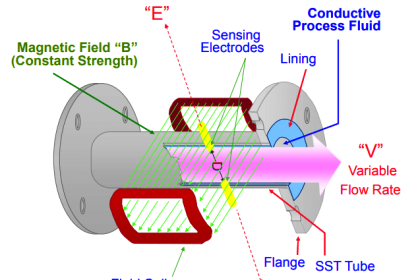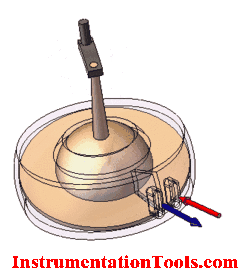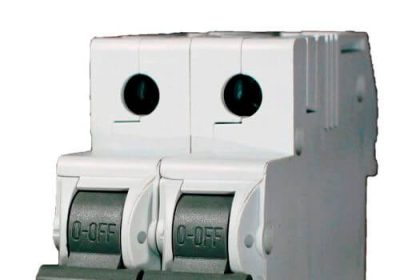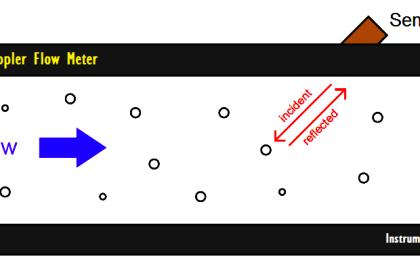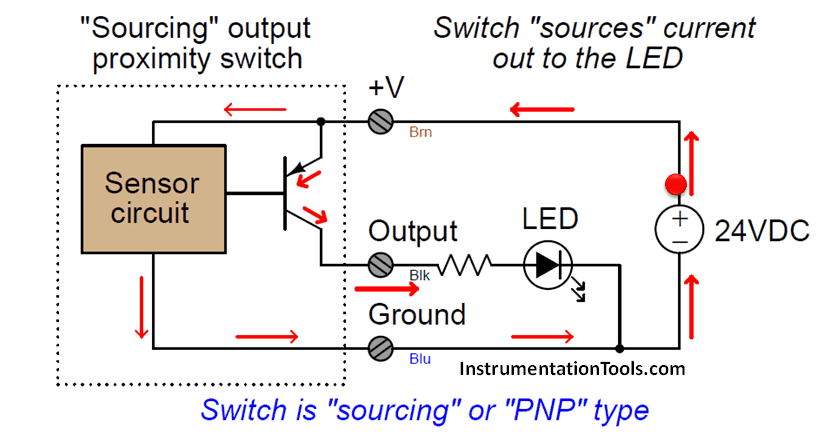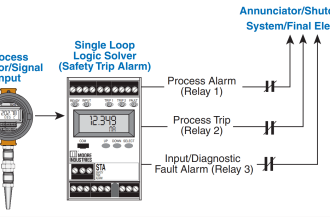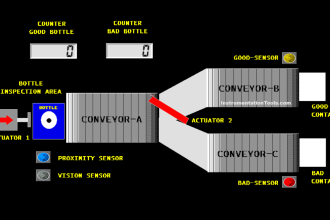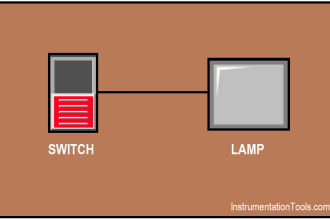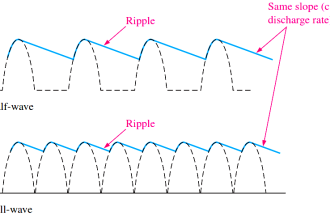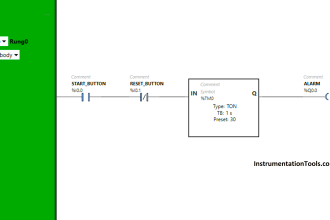Turbine flow meters use the rotation of a rotor within a flow tube to translate the flow of liquid into a readable rate.
Contents
The rotation of a pinwheel (rotor) can be sensed mechanically, or magnetically. With magnetic sensors, the rotation of the turbine generates a “pulse” which is picked up by a sensor.
Turbine flow meters are ideally suited for low-viscosity liquids.
Turbine Flow Meters
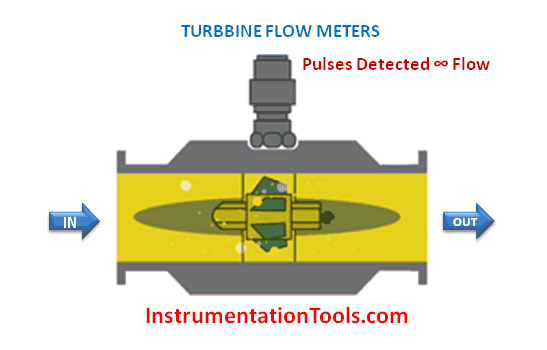
Credits: hytekflowmeters.com
Advantages of Turbine Flow Meters
The advantages of turbine flow meters are given below:
- Simple well-understood technology
- Suitable for gases and liquids
- Good performance
- Relatively wide operational envelope
- Low cost
- Easy to install and operate
Disadvantages of Turbine Flow Meters
The following are the drawbacks of turbine flow meters:
- Require clean fluids
- Installation must be done carefully to avoid errors
- Problems due to cavitations
- Accuracy is affected by bearing degradation
- Errors caused by viscosity changes
- Require frequent calibration checks
If you liked this article, then please subscribe to our YouTube Channel for Instrumentation, Electrical, PLC, and SCADA video tutorials.
You can also follow us on Facebook and Twitter to receive daily updates.
Read Next:
- Transmitter Readings in DCS
- Vortex Flow Meter Principle
- Turbine Flow Meter Verification
- Flow Meter Calibration
- Lobed Impeller Flow Meters
